14 Desert Towns Around the World With Fascinating Pasts
Desert towns have stories that stretch across centuries, shaped by trade, survival, and human determination. Their quiet streets and timeless views hold memories of ancient travelers and settlers. Each one offers a glimpse into a world that has adapted to the harshest landscapes on Earth. From sand-covered ruins to vibrant oases, their pasts are filled with remarkable tales.
This post may contain affiliate links, which helps keep this content free. Please read our disclosure for more info.
Timbuktu, Mali
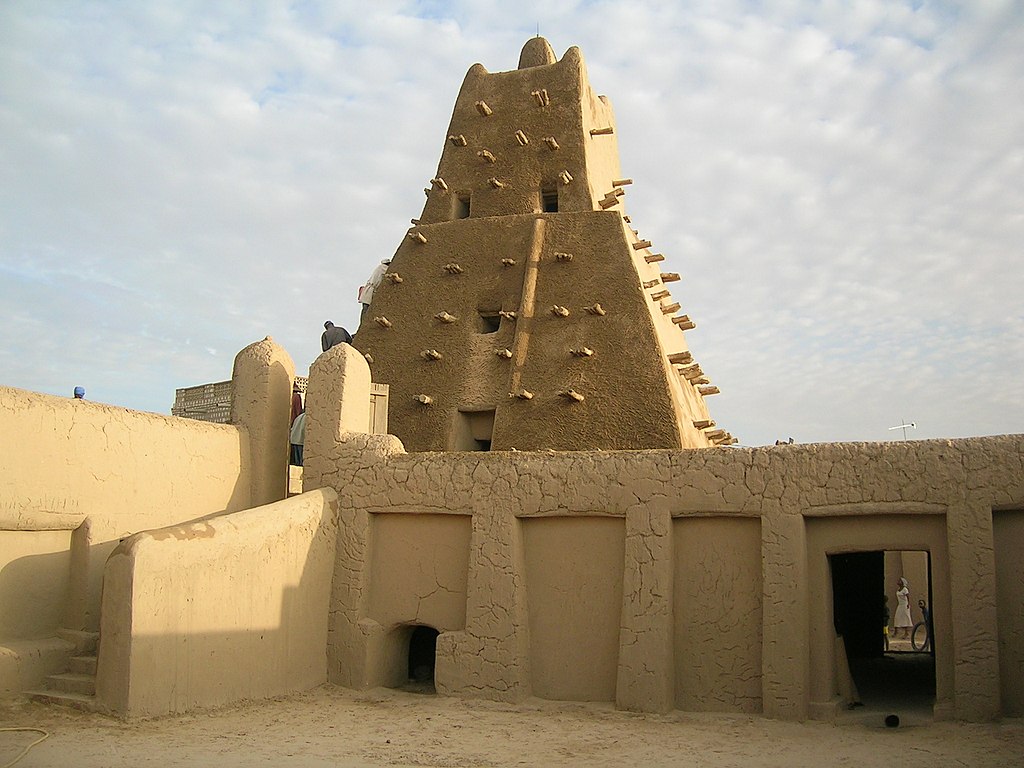
Timbuktu once stood as one of the most important trading centers in West Africa. Founded in the 12th century, it became a hub for salt, gold, and manuscripts carried across the Sahara. Scholars from across the region gathered here to study religion, astronomy, and science. The city’s historic mosques, such as Djinguereber and Sankore, remain powerful symbols of learning and faith.
Today, Timbuktu still attracts visitors interested in its legacy and desert architecture. Though it has faced challenges from shifting sands and conflict, preservation efforts continue. The city’s ancient manuscripts are now protected by historians and local guardians. It remains a reminder of Africa’s deep intellectual and cultural heritage.
Petra, Jordan
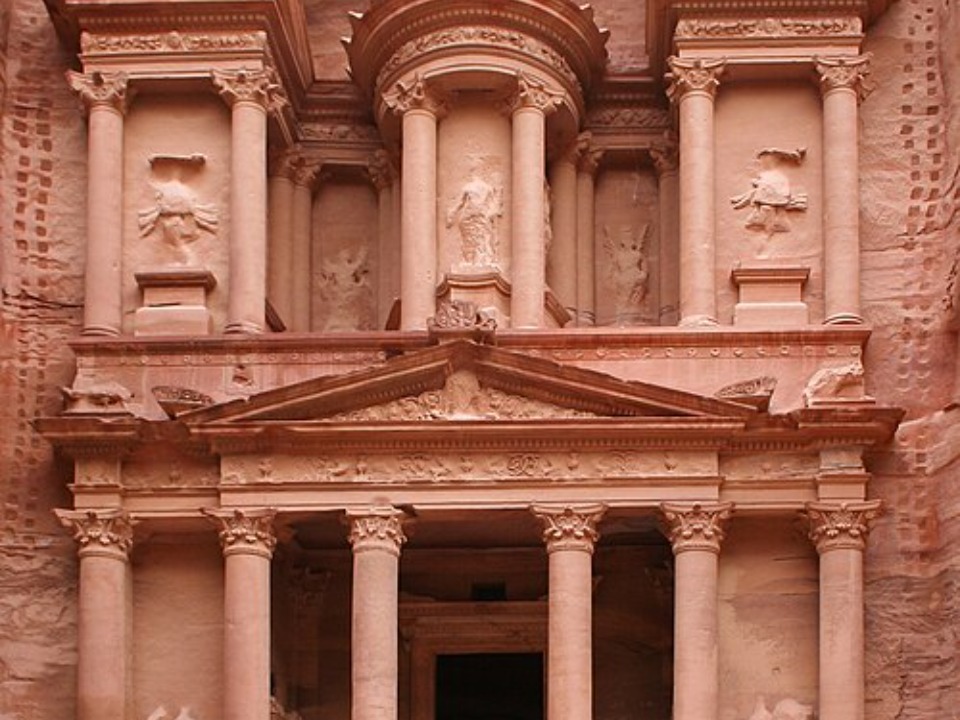
Carved into rose-colored cliffs, Petra served as the capital of the Nabataean Kingdom over 2,000 years ago. Traders traveling the Silk Road brought wealth, goods, and ideas that shaped its grand temples and tombs. The famous Treasury and Monastery reveal remarkable craftsmanship from ancient times. Petra’s hidden location allowed it to flourish before it was lost to the outside world for centuries.
Rediscovered in the early 1800s, Petra has since become one of the most visited archaeological sites in the world. It represents a perfect blend of history and natural beauty. Visitors can still walk through the Siq, a narrow canyon leading to the city’s heart. Its mysterious past continues to fascinate travelers and historians alike.
Uyuni, Bolivia

The town of Uyuni sits near the world’s largest salt flat, Salar de Uyuni. Once a busy railway hub connecting Bolivia to Chile, it now stands as a quiet desert town with haunting beauty. The nearby Train Cemetery is filled with rusted locomotives that tell the story of an industrial dream that faded. The salt flats, shimmering after rainfall, give the area an otherworldly feel.
Uyuni has become a gateway for travelers exploring the vast salt desert and nearby lagoons. The town’s economy now thrives on tourism and salt production. Old rail lines, colonial-era buildings, and salt hotels add to its unique charm. Its mix of history and landscape makes it one of South America’s most striking desert destinations.
Siwa Oasis, Egypt
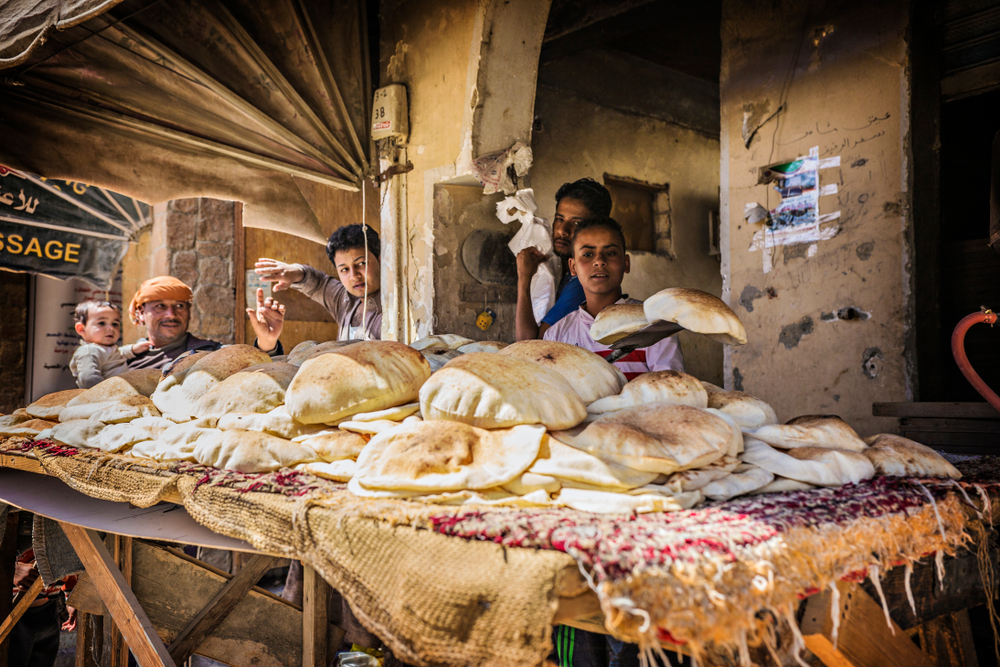
Siwa Oasis lies deep in Egypt’s Western Desert, near the border with Libya. It has been inhabited since ancient times and was once home to an oracle temple dedicated to Amun. Alexander the Great is said to have visited the temple to confirm his divine right to rule. The ruins, mud-brick houses, and palm groves reveal centuries of desert life and belief.
The Siwan people maintain their own dialect and traditions, preserving a culture unlike any other in Egypt. Visitors come to bathe in natural springs and explore the ruins of the Shali Fortress. Olive and date farming continue to support the local economy. Siwa remains a peaceful retreat with stories rooted in ancient mystery.
Ghadames, Libya
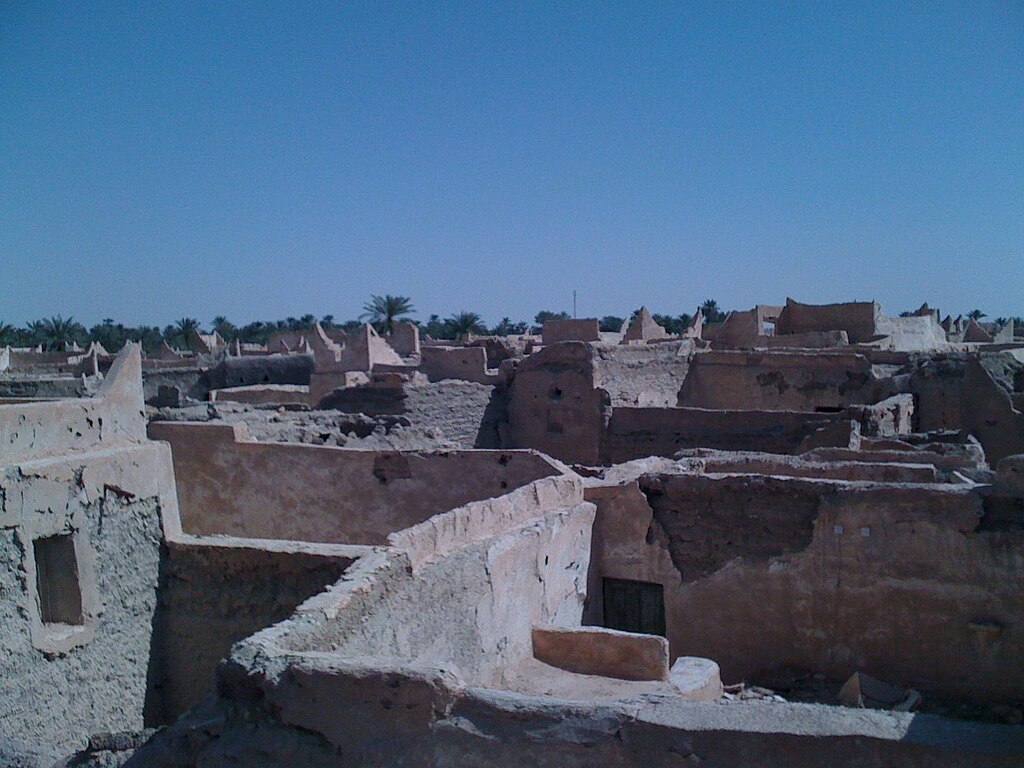
Known as the “Pearl of the Desert,” Ghadames is one of North Africa’s oldest pre-Saharan cities. Its unique architecture includes whitewashed homes connected by covered passageways that keep the heat away. The town once served as a key stop for caravans crossing the Sahara. Its old town is now recognized as a UNESCO World Heritage Site.
Though modern life has expanded beyond its old walls, Ghadames still carries the charm of its past. The maze-like streets and traditional designs showcase centuries of adaptation to the harsh climate. Restoration work continues to protect its historic core. Travelers who reach Ghadames often feel like they have stepped into another era.
Aït Benhaddou, Morocco
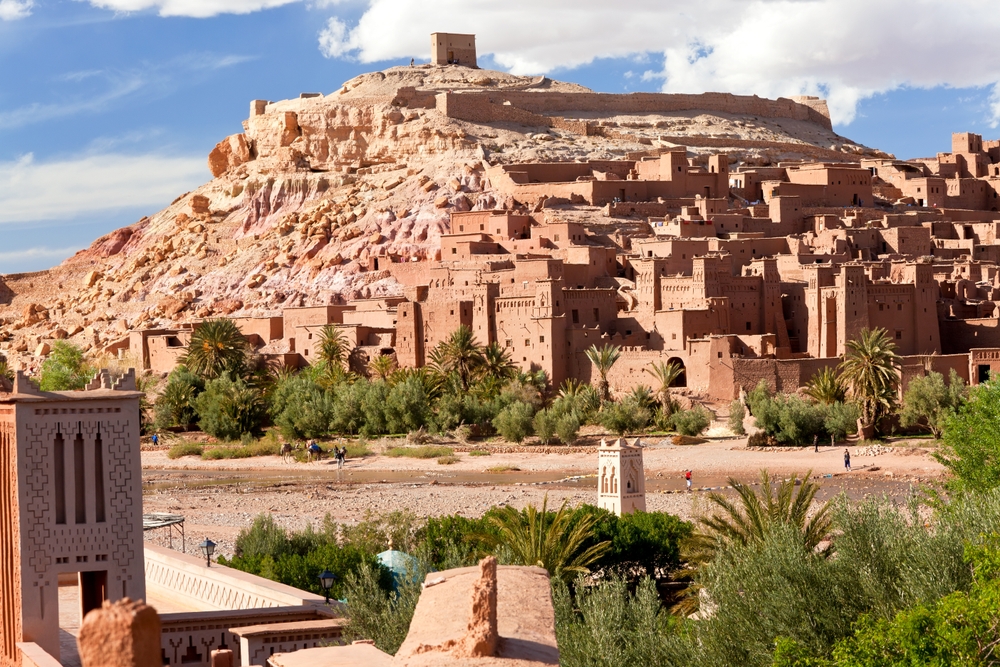
Aït Benhaddou stands as one of Morocco’s most photographed ksars, or fortified villages. It once guarded caravans traveling between the Sahara and Marrakesh. Built from clay and straw, its tall towers and walls glow in warm shades under the desert sun. The site reflects centuries of Berber culture and trade history.
Many scenes from famous films have been shot here, adding to its global fame. Some families still live within the old walls, maintaining traditional ways of life. The nearby Atlas Mountains add to the site’s dramatic scenery. Aït Benhaddou remains a living monument to Morocco’s desert heritage.
Shibam, Yemen
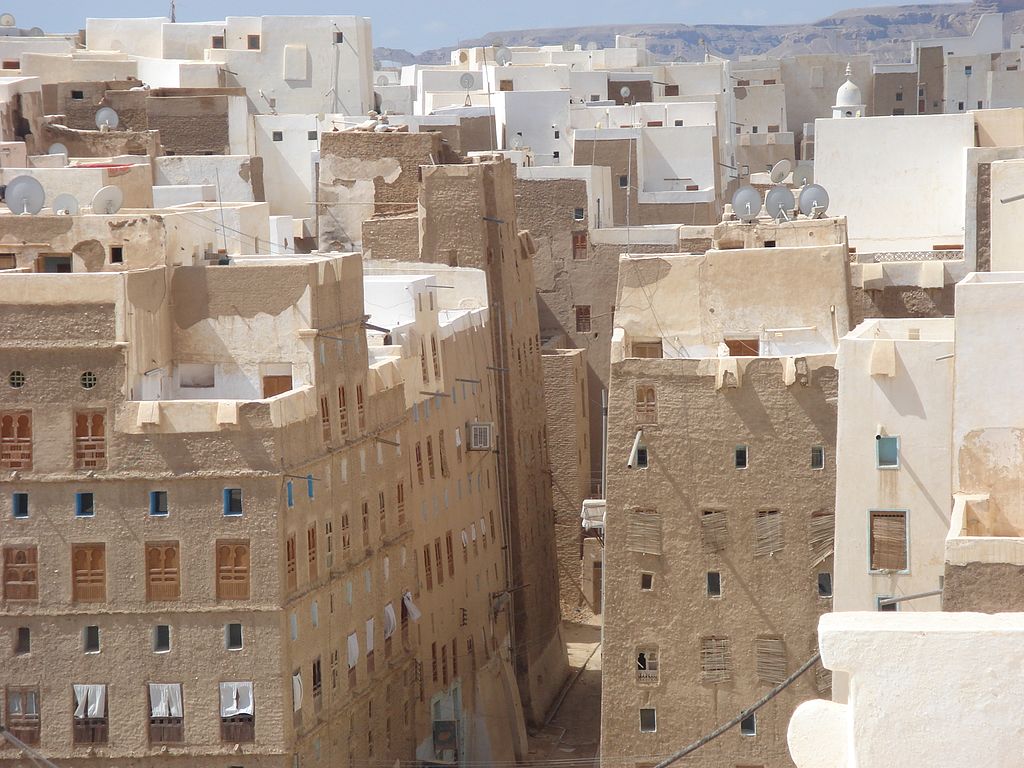
Shibam is often called the “Manhattan of the Desert” for its tall mud-brick towers. Built more than 500 years ago, it was designed to protect residents from Bedouin attacks. The city’s vertical layout allowed people to live safely above ground level while saving space. Its skyline stands out against the emptiness of the surrounding desert.
Despite war and time, Shibam’s architecture continues to inspire admiration. It demonstrates how early urban planning adapted to desert life. Restoration projects aim to preserve its fragile buildings from erosion and flooding. Visiting Shibam offers a rare glimpse into ancient engineering and culture.
Al-Ula, Saudi Arabia
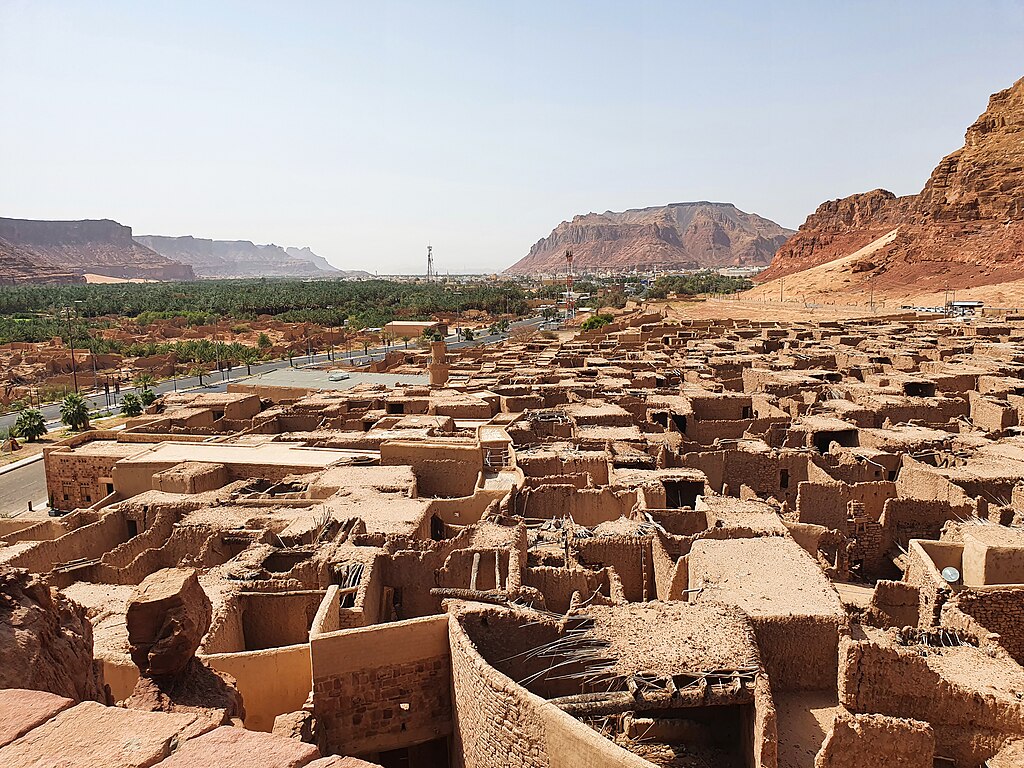
Al-Ula sits among sandstone cliffs and ancient tombs carved by the Nabataeans, the same civilization behind Petra. Once a key stop on trade routes linking Arabia to the Mediterranean, it thrived as a center of culture and exchange. The site of Hegra, or Madain Saleh, contains well-preserved tombs with detailed carvings. Al-Ula’s setting blends striking geology with deep history.
The town is now part of a major preservation effort promoting historical tourism. Archaeologists continue to uncover more about its role in ancient Arabian history. Visitors can explore rock art, old mud-brick houses, and vast desert trails. Al-Ula remains one of the most important archaeological regions in the Middle East.
Kolmanskop, Namibia
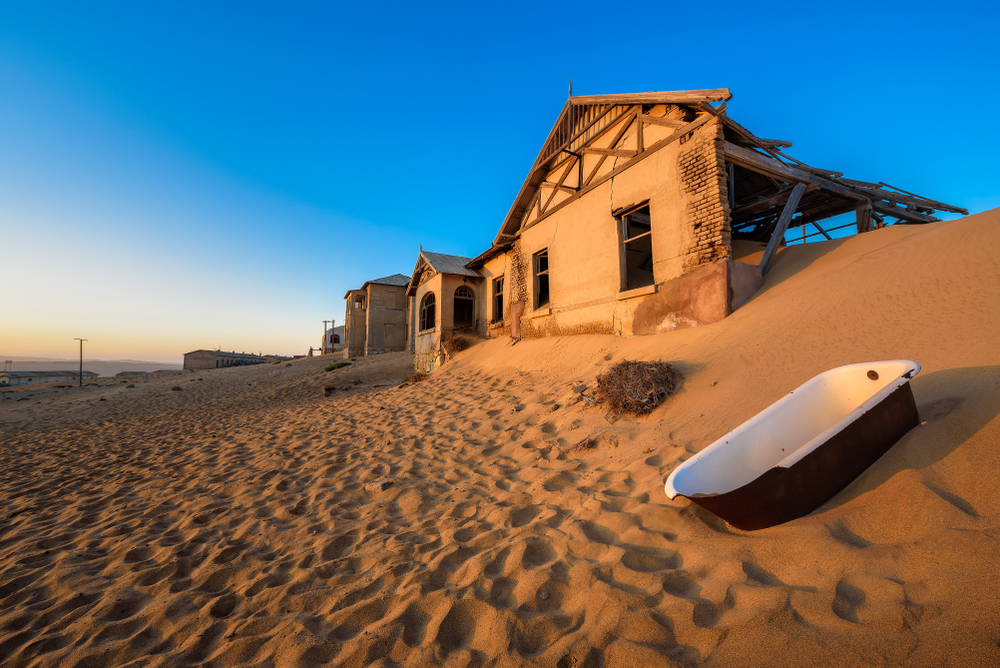
Kolmanskop began as a German diamond mining town in the early 1900s. Once wealthy and full of European-style homes, it was abandoned when the diamond supply ran out. Now, sand fills its buildings, creating haunting yet beautiful scenes. The desert has slowly reclaimed what was once a symbol of prosperity.
Photographers and travelers visit Kolmanskop for its ghostly charm. The contrast of human construction and nature’s takeover is unforgettable. Preservation efforts keep the town standing, even as sand keeps rising. It serves as a reminder of how quickly fortune can fade in harsh environments.
Chan Chan, Peru
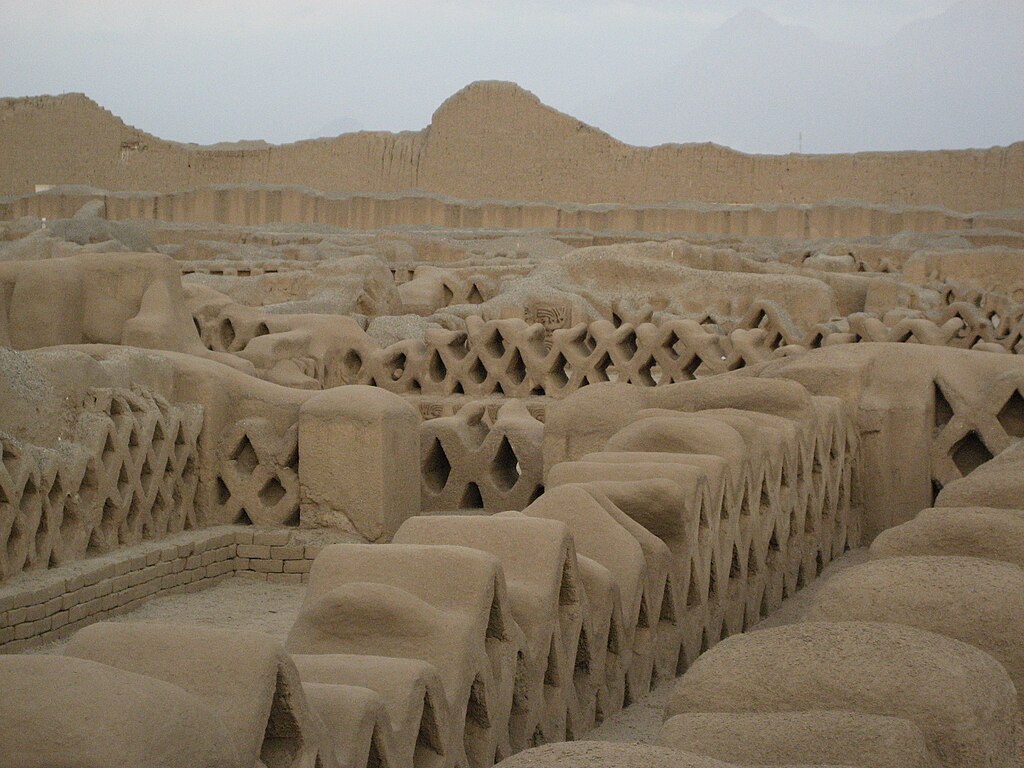
Chan Chan was the capital of the Chimú Empire before the Inca arrived. Located near Trujillo in a desert valley, it was once the largest adobe city in the world. Intricate carvings and vast plazas show the city’s rich culture and social order. The dry climate helped preserve its impressive structures.
Though centuries old, Chan Chan still tells the story of an advanced civilization. Archaeologists continue to uncover its mysteries and restore damaged areas. The site demonstrates how ingenuity shaped life in harsh desert conditions. It remains a valuable link to Peru’s pre-Incan heritage.
Wadi Rum, Jordan
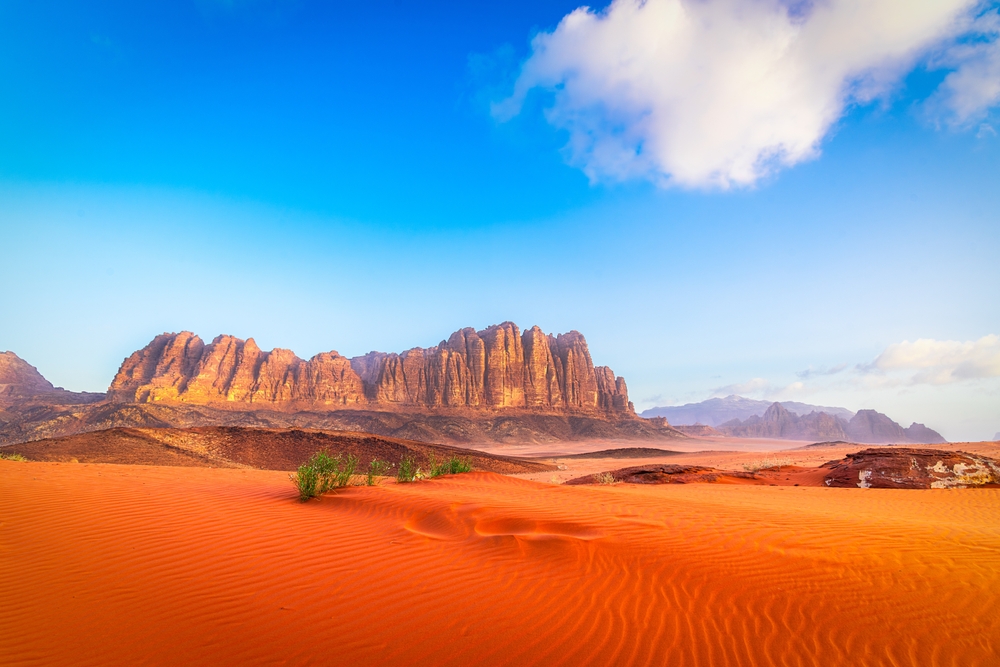
Wadi Rum is not just a desert valley but a place with deep historical roots. Nomadic Bedouin tribes have lived here for thousands of years, leaving behind carvings and inscriptions. The dramatic cliffs and red sands have witnessed explorers, traders, and travelers throughout history. It also played a key role in the Arab Revolt during World War I.
Today, visitors can stay in Bedouin camps and explore the same landscapes once crossed by T.E. Lawrence. The area’s natural beauty and ancient art make it both scenic and historical. Jeep tours and camel rides allow guests to experience its vastness. Wadi Rum remains one of Jordan’s most celebrated desert destinations.
Coober Pedy, Australia
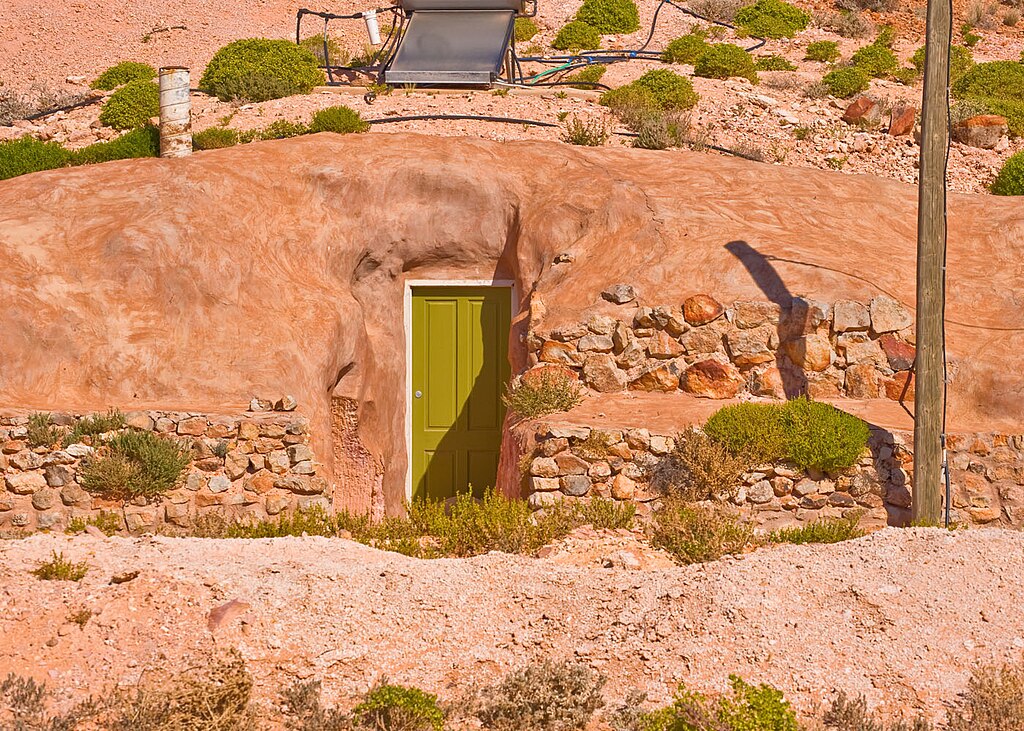
Coober Pedy is known for its underground homes built to escape the desert heat. Established in the early 1900s after opal was discovered, it became the world’s opal capital. The town’s name comes from an Aboriginal phrase meaning “white man in a hole.” Its unusual architecture and mining history make it one of Australia’s most distinctive towns.
Visitors can explore underground churches, shops, and even hotels carved into rock. The tunnels stay cool year-round, creating a comfortable refuge from the blazing sun. Mining remains an active part of life, and local culture celebrates its quirky character. Coober Pedy stands as proof that innovation thrives even in the harshest environments.
Goreme, Turkey
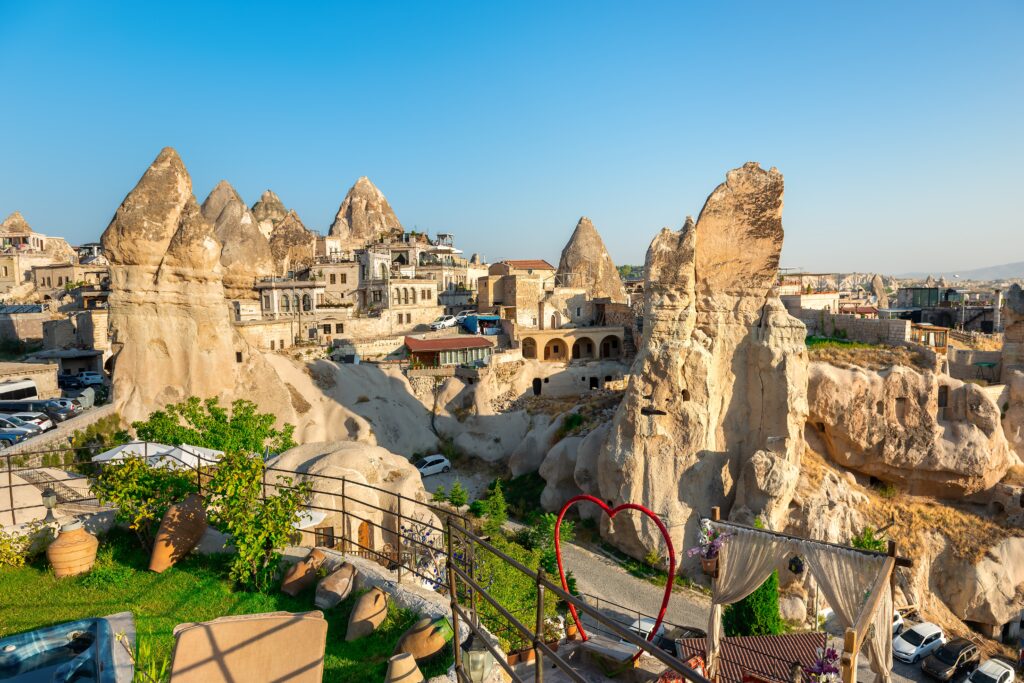
Goreme lies in the heart of Cappadocia, surrounded by rock formations called fairy chimneys. Early Christians carved homes, chapels, and monasteries into the soft volcanic stone for protection from persecution. These cave dwellings became the foundation of a unique community that lasted for centuries. The town’s landscape feels like a window to another world.
Today, Goreme attracts travelers who want to see its cave churches and ancient frescoes. Hot air balloon rides offer breathtaking views of the desert-like valleys. Many locals still live in stone houses inspired by the old dwellings. Goreme beautifully combines history, faith, and natural wonder in one unforgettable setting.
Dunhuang, China
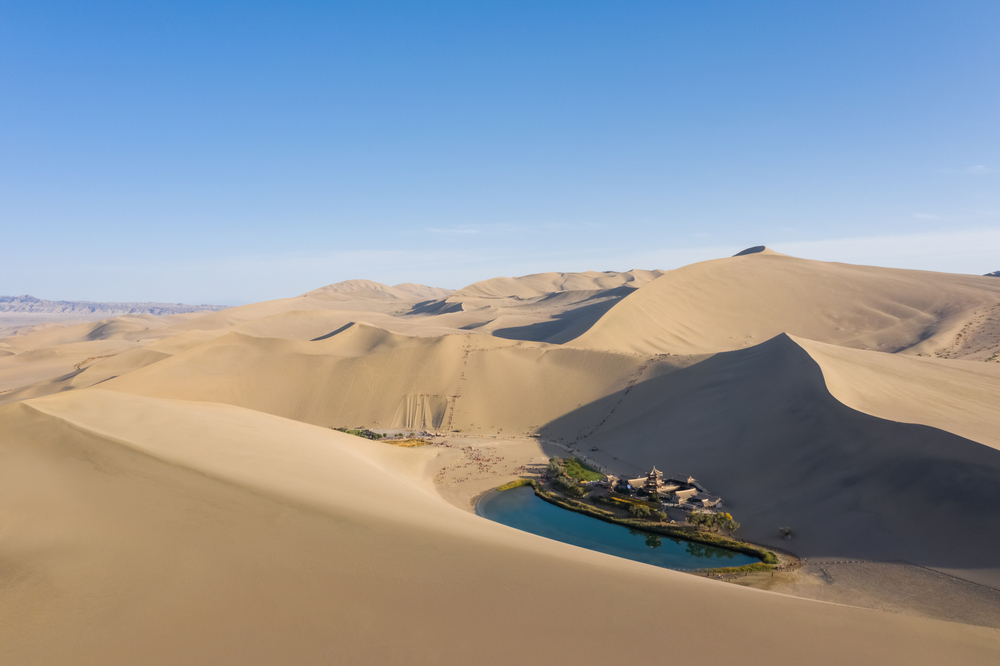
Dunhuang was once a major stop along the Silk Road, linking China to Central Asia. Its desert location made it a resting place for traders and pilgrims. The nearby Mogao Caves hold thousands of Buddhist murals and statues that date back over a thousand years. These caves reveal how art and religion flourished through cultural exchange.
Modern Dunhuang continues to celebrate its past with museums and festivals. The Crescent Lake oasis nearby shows how life can exist amid vast sand dunes. Travelers can visit preserved cave temples that highlight centuries of artistry and devotion. Dunhuang remains a living connection to the ancient Silk Road’s golden age.
This article originally appeared on Avocadu.
